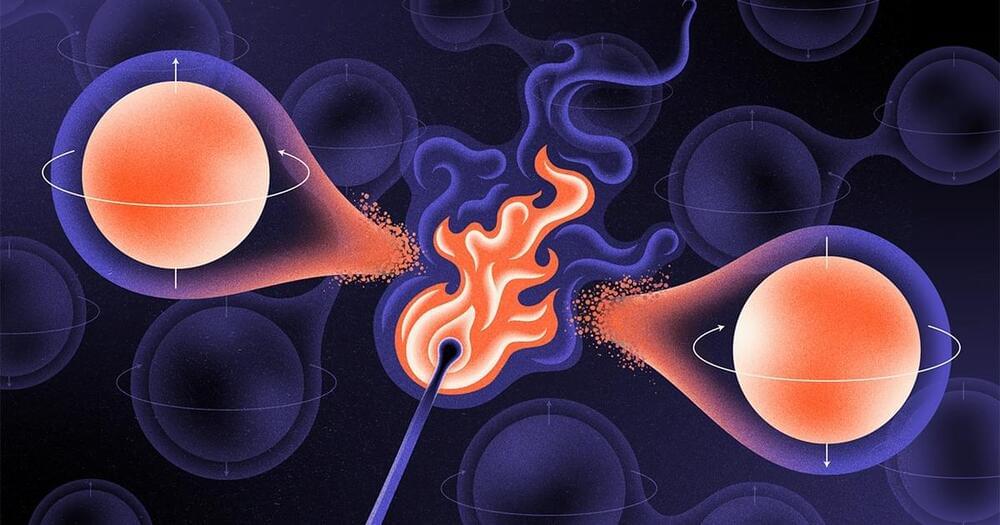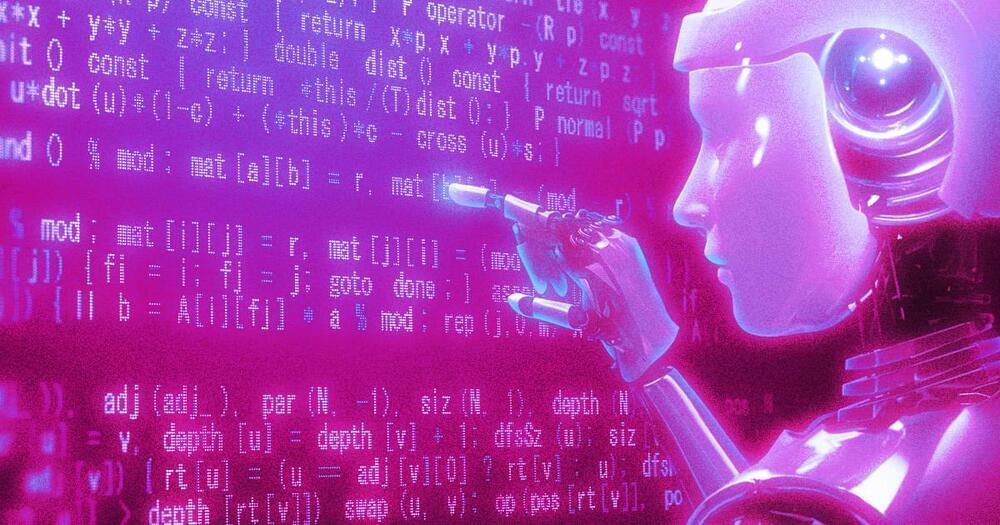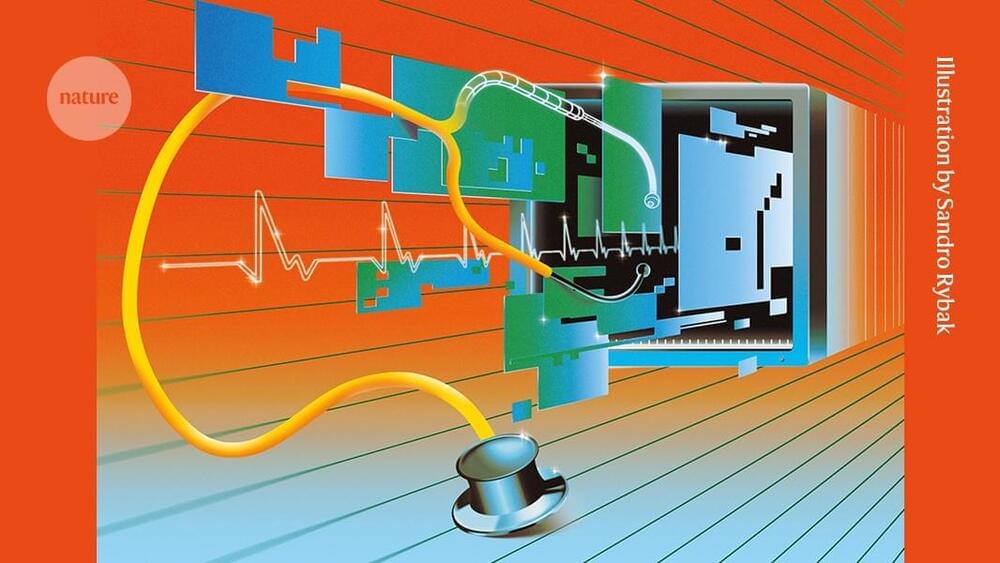From the article:
When Saha and Sinha took a closer look at the resulting equations, they realized that they could express the number pi in this way, as well as the zeta function, which is the heart of the Riemann conjecture, one of the greatest unsolved mysteries in mathematics.
Two physicists have come across infinitely many novel equations for pi while trying to develop a unifying theory of the fundamental forces.
The number pi (π) appears in the most unlikely places. It can be found in circles, of course—as well as in pendulums, springs and river bends. This everyday number is linked to transcendental mysteries. It has inspired Shakespearean thought puzzles, baking challenges and even an original song. And pi keeps the surprises coming—most recently in January 2024, when physicists Arnab Priya Saha and Aninda Sinha of the Indian Institute of Science presented a completely new formula for calculating it, which they later published in Physical Review Letters.





